Hi Null Byte,
After going through numerous articles, forums and videos all over internet, i can not find any help on the subject .
Brief of problem: Trying to make kali linux persistent usb. Getting boot error in persistence mode.
Details: Following procedure was adopted to make persistent live usb
USB : Sandisk 30 GB Flash drive
OS : Windows 10 64-bit
Processor : Inetl(R) Core(TM) i5-2450M CPU @ 2.50GHz
Hardware : Dell Inspiron N5110
Kali iso image : kali-linux-kde-2019.3-amd64.iso
Step 1 : Formatted sandisk pen drive to FAT32(default) using windows
Step 2 : Used Kali site recommended iso burner balenaEthcher to burn iso image
Step 3 : Checked correct burning of image to pendrive . Booted persistence mode in through pendrive . It booted with no issues. Following is the output of fdisk -l
Output
root@kali:~# fdisk -l
Disk /dev/sda: 465.78 GiB, 500107862016 bytes, 976773168 sectors
Disk model: ST500LM012 HN-M5
Units: sectors of 1 * 512 = 512 bytes
Sector size (logical/physical): 512 bytes / 512 bytes
I/O size (minimum/optimal): 512 bytes / 512 bytes
Disklabel type: dos
Disk identifier: 0x01dc99d4
Device Boot Start End Sectors Size Id Type
/dev/sda1 2048 206847 204800 100M de Dell Utility
/dev/sda2 * 206848 30926847 30720000 14.7G 7 HPFS/NTFS/exFAT
/dev/sda3 30926848 504447277 473520430 225.8G 7 HPFS/NTFS/exFAT
/dev/sda4 504451071 976771071 472320001 225.2G f W95 Ext'd (LBA)
/dev/sda5 504451072 767053823 262602752 125.2G 7 HPFS/NTFS/exFAT
/dev/sda6 767057920 976771071 209713152 100G 7 HPFS/NTFS/exFAT
Disk /dev/sdb: 30 GiB, 32212254720 bytes, 62914560 sectors
Disk model: Flash Disk
Units: sectors of 1 * 512 = 512 bytes
Sector size (logical/physical): 512 bytes / 512 bytes
I/O size (minimum/optimal): 512 bytes / 512 bytes
Disklabel type: dos
Disk identifier: 0x342f5226
Device Boot Start End Sectors Size Id Type
/dev/sdb1 * 64 6619135 6619072 3.2G 17 Hidden HPFS/NTFS
/dev/sdb2 6619136 6620607 1472 736K 1 FAT12
Disk /dev/loop0: 2.89 GiB, 3079729152 bytes, 6015096 sectors
Units: sectors of 1 * 512 = 512 bytes
Sector size (logical/physical): 512 bytes / 512 bytes
I/O size (minimum/optimal): 512 bytes / 512 bytes
root@kali:~#
Step 4 : Used MiniTool partition wizard to create persistence partition. Snapshots of procedure are as attached:

26.8 GB space was unallocated which was then formatted for ext4 as primary partition with label as persistence.
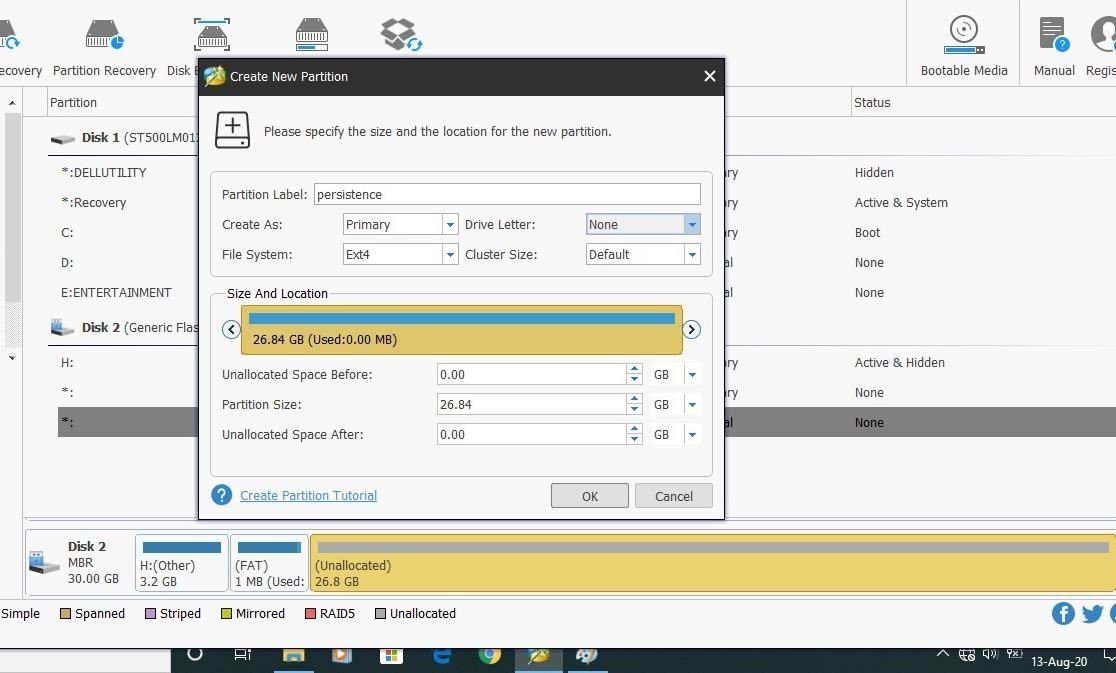
It was successfully completed.

Step 4: Booted with kali persistence mode and issued fdisk -l to check the disks
Output
root@kali:~# fdisk -l
Disk /dev/sda: 465.78 GiB, 500107862016 bytes, 976773168 sectors
Disk model: ST500LM012 HN-M5
Units: sectors of 1 * 512 = 512 bytes
Sector size (logical/physical): 512 bytes / 512 bytes
I/O size (minimum/optimal): 512 bytes / 512 bytes
Disklabel type: dos
Disk identifier: 0x01dc99d4
Device Boot Start End Sectors Size Id Type
/dev/sda1 2048 206847 204800 100M de Dell Utility
/dev/sda2 * 206848 30926847 30720000 14.7G 7 HPFS/NTFS/exFAT
/dev/sda3 30926848 504447277 473520430 225.8G 7 HPFS/NTFS/exFAT
/dev/sda4 504451071 976771071 472320001 225.2G f W95 Ext'd (LBA)
/dev/sda5 504451072 767053823 262602752 125.2G 7 HPFS/NTFS/exFAT
/dev/sda6 767057920 976771071 209713152 100G 7 HPFS/NTFS/exFAT
Disk /dev/sdb: 30 GiB, 32212254720 bytes, 62914560 sectors
Disk model: Flash Disk
Units: sectors of 1 * 512 = 512 bytes
Sector size (logical/physical): 512 bytes / 512 bytes
I/O size (minimum/optimal): 512 bytes / 512 bytes
Disklabel type: dos
Disk identifier: 0x342f5226
Device Boot Start End Sectors Size Id Type
/dev/sdb1 * 64 6619135 6619072 3.2G 17 Hidden HPFS/NTFS
/dev/sdb2 6619136 6620607 1472 736K 1 FAT12
/dev/sdb3 6621184 62912511 56291328 26.9G 83 Linux
Disk /dev/loop0: 2.89 GiB, 3079729152 bytes, 6015096 sectors
Units: sectors of 1 * 512 = 512 bytes
Sector size (logical/physical): 512 bytes / 512 bytes
I/O size (minimum/optimal): 512 bytes / 512 bytes
root@kali:~#
Step 5: Issued following commands to make persistence
Output
root@kali:~# mkdir -p /mnt/my_usb
root@kali:~# mount /dev/sdb3 /mnt/my_usb
root@kali:~# echo "/ union" > /mnt/my_usb/persistence.conf
root@kali:~# umount /dev/sdb3
root@kali:~# reboot
Boot log file has following entries at this point
root@kali:~# cat /var/log/boot.log
done.
Begin: Mounting root file system ... Begin: Running /scripts/live-top ... done.
Begin: Running /scripts/live-premount ... done.
Begin: Running /scripts/live-realpremount ... done.
Begin: Mounting "/run/live/medium/live/filesystem.squashfs" on "/run/live/rootfs/filesystem.squashfs" via "/dev/loop0" ... done.
mount: mounting /dev/sda4 on /run/live/persistence/sda4 failed: No such device
mount: mounting /dev/sda on /run/live/persistence/sda failed: No such device
mount: mounting /dev/sdb on /run/live/persistence/sdb failed: Device or resource busy
mount: mounting /dev/sr0 on /run/live/persistence/sr0 failed: No such device
done.
Begin: Configuring fstab ... done.
Begin: Preconfiguring networking ... done.
Begin: Running /scripts/live-bottom ... done.
Begin: Running /scripts/init-bottom ... done.
Welcome to Kali GNU/Linux Rolling!
Step 6: To check the persistence, i created a file on desktop with command touch testfile and rebooted the system. However, this time it gave the following error. I can't write anything as the cursor is not available to type anything. Tried Ctrl+alt+F3 but no rescue.

I have tried different software to include power iso, rufus 3.11 , win32diskImager to see if it mitigates the error but it didn't help.
Also i have tried renaming the persistence drive in kali using the commands
*mkfs.ext3 -L persistence /dev/sdb3
e2label /dev/sdb3 persistence* in conjunction and singular and repeated the whole procedure but nothing worked .
I have checked numerous online forums and posts but didn't find any solutions. Request to help understand the reason of the error and how to mitigate it.
I am just starting the learning curve and after spending almost a week trying to figure out the solution , posting it here. Hoping to get help and guide.
Help out please!!!!!
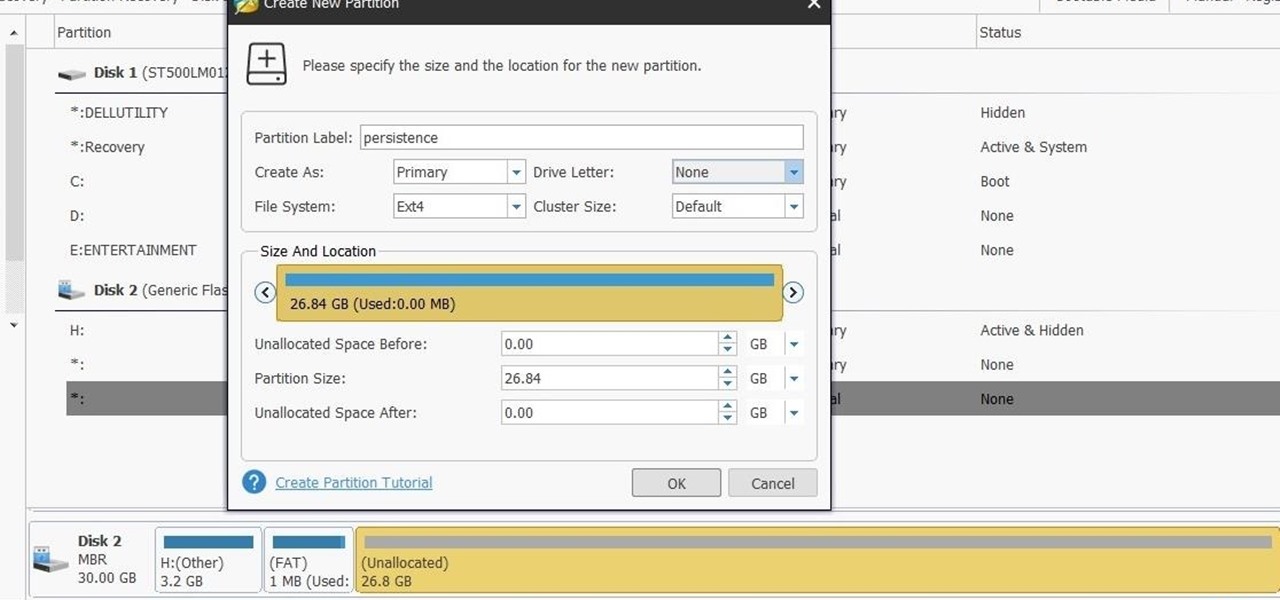




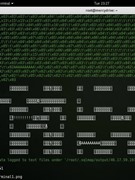


















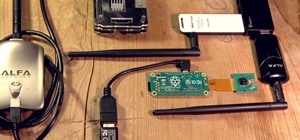


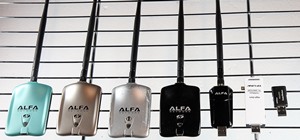
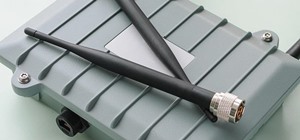

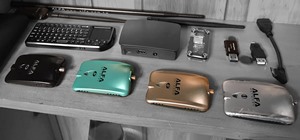








4 Responses
Why are you using an outdated Kali iso from 2019? Latest images are 2020.2
Why are you using MiniTool? Creating a persistence partition is done within Kali. You can do this at first boot from the live disk. There's a tut on Kali.org. Follow that.
Yes , that can be done. However, I want to understand what went wrong in the procedure/commands while making persistence usb using the described method. I believe thats how I will learn to troubleshoot the errors.
Any help is appreciated.
Tried making live usb persistence using the kali.org site with latest kali image. It still gives the same error as it was giving with 2019 iso.
Help please.
Just use Rufus. it has persistence option
Share Your Thoughts